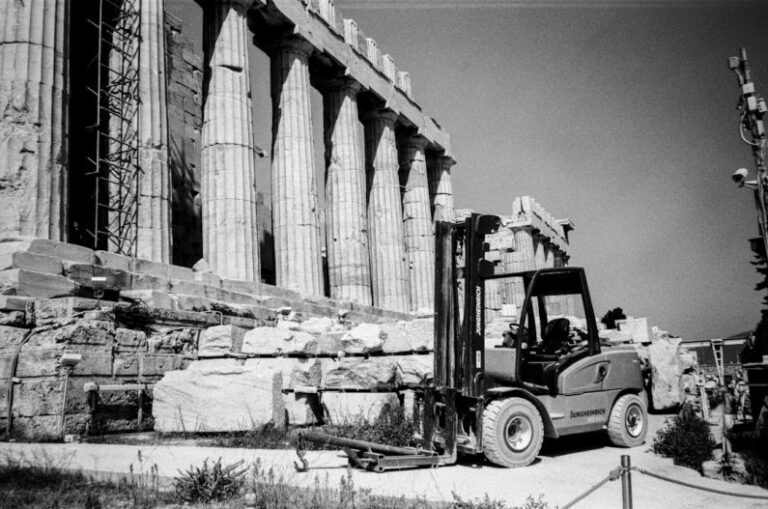Ghosts of the Titanic: Underwater Preservation Efforts
**Ghosts of the Titanic: Underwater Preservation Efforts**
The Titanic, one of the most iconic and tragic maritime disasters in history, continues to capture the fascination of people around the world. Over a century after the luxury liner sank to the depths of the North Atlantic Ocean, the wreckage of the ship still remains a haunting reminder of the lives lost on that fateful night. In recent years, efforts to preserve and protect the sunken remnants of the Titanic have become increasingly important as the wreck faces threats from deterioration, looting, and even salvage operations. Let’s delve into the ongoing underwater preservation efforts aimed at safeguarding this historic site for future generations.
**The Titanic’s Final Resting Place**
Resting at a depth of about 12,500 feet, the Titanic lies in two main pieces on the ocean floor, surrounded by a vast debris field. The extreme conditions at this depth, including intense pressure and cold temperatures, have helped to preserve the wreck for over a century. However, the Titanic is still subject to natural decay processes, as well as human activities that pose a threat to its long-term preservation.
**Challenges of Underwater Preservation**
Preserving a site as complex and fragile as the Titanic wreck presents numerous challenges. The deep-sea environment makes it difficult for researchers and conservationists to access the site regularly, limiting their ability to monitor and protect the wreckage. Additionally, the wreck is at risk of damage from deep-sea currents, marine life, and microorganisms that can accelerate its deterioration over time.
**Looting and Salvage Concerns**
One of the biggest threats to the Titanic wreck is looting, as valuable artifacts from the ship have been illegally salvaged and sold on the black market. The removal of artifacts not only robs the site of its historical significance but also disrupts the delicate balance of the underwater ecosystem surrounding the wreck. Salvage operations aimed at retrieving items from the Titanic for commercial gain have also raised ethical concerns among preservationists and historians.
**Conservation Efforts**
In response to these challenges, a number of organizations and researchers have been working tirelessly to protect and preserve the Titanic wreck. Conservation efforts have focused on documenting the site through mapping and imaging technologies, as well as studying the wreck to better understand its condition and develop strategies for long-term preservation. These efforts aim to strike a balance between scientific exploration and conservation, ensuring that the Titanic remains undisturbed for future generations to learn from and appreciate.
**Legal Protections**
The Titanic wreck site is protected under international agreements, including the UNESCO Convention on the Protection of the Underwater Cultural Heritage. These legal protections prohibit unauthorized access to the site and regulate activities such as salvage and artifact retrieval. By upholding these regulations, authorities can deter looters and safeguard the Titanic wreck as a site of historical and cultural significance.
**Looking to the Future**
As technology advances and our understanding of deep-sea environments grows, the future of underwater preservation efforts for the Titanic looks promising. New innovations in remote sensing, robotics, and conservation techniques offer exciting opportunities to study and protect the wreck in ways that were once unimaginable. By continuing to prioritize the preservation of the Titanic and other underwater cultural heritage sites, we can ensure that these relics of the past remain intact for generations to come.
**Preserving History Beneath the Waves**
The ghosts of the Titanic continue to linger beneath the waves, serving as a poignant reminder of the human cost of hubris and tragedy. Through ongoing underwater preservation efforts, we can honor the memory of those who perished on that fateful night and ensure that the legacy of the Titanic lives on for future explorers, historians, and admirers around the world. By protecting and preserving this iconic shipwreck, we can keep the story of the Titanic alive for generations to come, while respecting the sanctity of this underwater grave.






